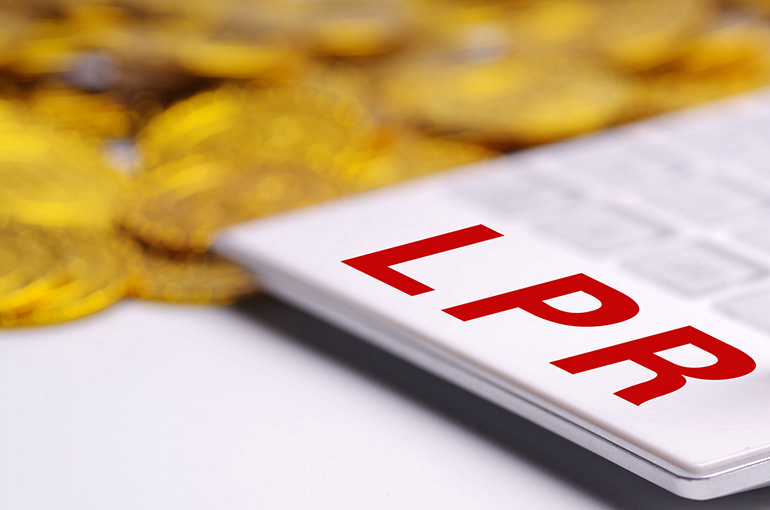 China Holds Benchmark Lending Rates at Historic Lows, Keeps Eye on Stimulus Impact
China Holds Benchmark Lending Rates at Historic Lows, Keeps Eye on Stimulus Impact(Yicai) July 21 -- China kept its benchmark lending rates unchanged this month, maintaining them at historic lows amid tight bank margins and record-low borrowing costs, while policymakers assess the effectiveness of recent measures aimed at boosting consumption and investment.
The one-year loan prime rate, a key reference for consumer and corporate loans, was held at 3 percent, and the over-five-year LPR, which guides mortgage rates, remained at 3.5 percent, the National Interbank Funding Center authorized by the People’s Bank of China announced today. Both rates were lowered to current levels in May to stimulate economic activity and have since remained steady.
The move aligns with market expectations, as the central bank appears to be monitoring the effects of May’s policy adjustments, including a cut to the reserve requirement ratio and reductions in policy interest rates. The seven-day reverse repurchase rate, a key indicator for LPR movement, has also stabilized recently at 1.4 percent.
Ming Ming, chief economist at Citic Securities, said that future moves will depend on the PBOC's policy signals and interest rate decisions from other major central banks, which influence the scope for further easing in China.
Dong Ximiao, chief researcher at Merchants Union Consumer Finance, told Yicai that commercial banks are under profitability pressure. Their average net interest margin had fallen to 1.43 percent by late March, down 9 basis points from the previous quarter, leaving little room to further reduce lending rates.
Externally, the US Federal Reserve has kept its benchmark federal funds rate unchanged at between 4.25 percent and 4.5 percent for several months, slowing the pace of monetary easing.
Further rate cuts could also weigh on the yuan. “If the LPR declines too rapidly, it could widen the China-US interest rate spread and increase fluctuation-caused pressure on the renminbi's forex rate,” Dong said.
Analysts noted that borrowing costs are already at historical lows. In the first half, the weighted average interest rate on new corporate loans was around 3.3 percent, 45 basis points lower than a year earlier. For new housing loans, the rate dropped to about 3.1 percent, down 60 basis points. With overall financing costs falling, the urgency to cut the LPR further has diminished, they added.
Dong noted there are alternative ways to ease financing burdens, such as lowering mortgage guarantee fees and intermediary service charges instead of cutting rates.
Editor: Emmi Laine